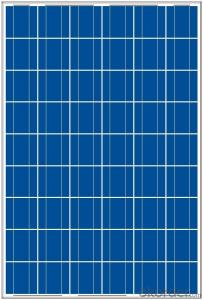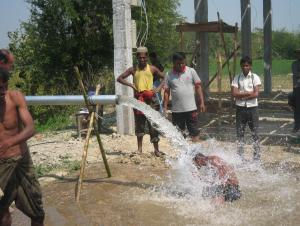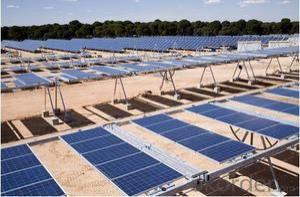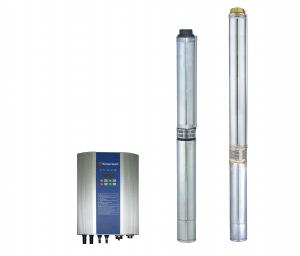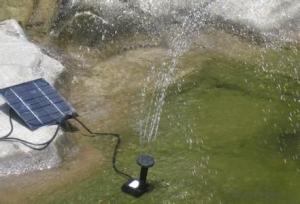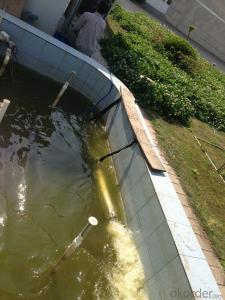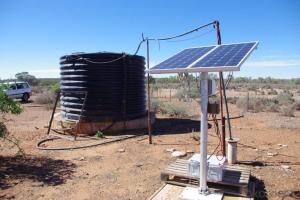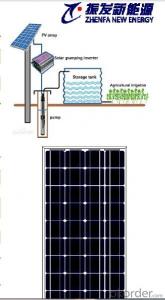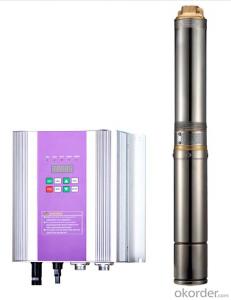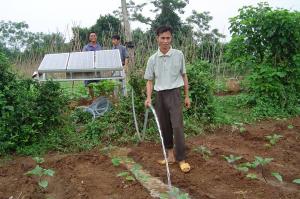Inverter Solar Systems
Inverter Solar Systems Related Searches
Ac Inverter For Solar Panels Solar Panel With Ac Inverter Gas Furnace With Ac Panda Hot Water Bottle Cover Minion Hot Water Bottle Cover Abb Solar Water Pump Inverter Solar Water Pump Philippines Extra Long Hot Water Bottle Solar Panel Dc To Ac Inverter Old Fashioned Hot Water BottleHot Searches
Solar Items Wholesale Solar Inverter Systems Best Place To Buy Flashlights Cost To Install Frp Panels I Want To Buy A House Cost To Hire Scaffolding Cheapest Place To Buy Plywood Medical Supply Store Close To Me Cost To Aerate Lawn Cheapest Place To Buy Kerosene Cost To Install Hardwood Floors Cost To Refinish Hardwood Floors Type Of Inverter For Solar Types Of Inverter For Solar Used Solar Inverter For Sale Inverter Size For Solar System Solar Edge Inverter For Sale 5kw Solar Inverter For Sale Solar Inverter For Sale Solar Inverter For BatteryInverter Solar Systems Supplier & Manufacturer from China
Okorder.com is a professional Inverter Solar Systems supplier & manufacturer, offers integrated one-stop services including real-time quoting and online cargo tracking. We are funded by CNBM Group, a Fortune 500 enterprise and the largest Inverter Solar Systems firm in China.Hot Products
FAQ
- Yes, a solar pump can be used for water supply in aquaculture farms. Solar pumps are a sustainable and cost-effective solution for providing water to aquaculture farms, as they utilize solar energy to power the pump and do not rely on electricity from the grid. This helps reduce operational costs and environmental impact. Additionally, solar pumps can be easily integrated into existing aquaculture systems, providing a reliable and efficient water supply for the farms.
- Yes, a solar pump can be used for water supply in food processing or beverage industries. Solar pumps are a sustainable and reliable solution for water supply as they utilize energy from the sun to pump water. They can provide a constant and cost-effective water supply, ensuring the cleanliness and safety of water used in food processing or beverage production. Additionally, solar pumps have the advantage of being environmentally friendly, reducing carbon emissions and dependence on traditional energy sources.
- Compared to a traditional electric pump, a solar pump is generally less complex to install. This is primarily because solar pumps do not require an elaborate electrical setup or a connection to the power grid. Solar pumps utilize photovoltaic panels to convert sunlight into electricity, which is then utilized to power the pump. The installation process typically involves placing the solar panels in a location that receives optimal sunlight exposure and ensuring a secure mounting system. The panels are then connected to the pump, often through a controller or inverter that regulates the flow of power. In contrast, traditional electric pumps necessitate a dedicated power source, usually obtained from the electrical grid. This involves more intricate electrical wiring and connections. It may also require the assistance of an electrician to correctly install the pump and ensure compliance with local electrical codes. Additionally, traditional electric pumps often require a substantial amount of infrastructure, such as power lines and transformers, which can contribute to the complexity of the installation. Furthermore, solar pumps are generally more modular and portable in comparison to traditional electric pumps. This allows for easier installation and relocation if necessary, without the need for extensive rewiring or modifications to the infrastructure. Overall, thanks to the simplicity of the solar power system and the absence of reliance on the electrical grid, the installation complexity of a solar pump is generally lower than that of a traditional electric pump.
- Yes, solar pumps can be used for water supply in off-grid cabins or remote homes. Solar pumps utilize the power of the sun to pump water from a source such as a well, lake, or stream, making them an ideal solution for areas without access to electricity. These pumps are efficient, reliable, and can provide a sustainable and cost-effective water supply for off-grid cabins and remote homes.
- Indeed, the size of particles that a solar pump can manage is subject to limitations. Generally, solar pumps are engineered to accommodate diminutive particles like sand, silt, or debris that could potentially exist in the water source. Nonetheless, if the particles are excessively sizable or compact, they have the potential to obstruct or harm the pump system. Moreover, larger particles can also impact the pump's efficiency, thus diminishing its performance and output. Consequently, it is crucial to take into account the size and nature of particles present in the water source while selecting a solar pump to guarantee its ability to manage them effectively without any complications.
- Certainly, water supply in refugee camps or temporary settlements can be effectively achieved using solar pumps. These pumps offer a sustainable and economical solution, especially in areas where access to conventional electricity may be limited or unreliable. Solar pumps are powered by solar energy, obviating the need for fuel or electricity. They consist of photovoltaic panels that convert sunlight into electricity, which in turn is used to operate the pump, extracting water from wells, boreholes, or other water sources. The water can be stored in tanks or distributed directly to the community through a network of pipes. Using solar pumps in refugee camps or temporary settlements offers numerous advantages. Firstly, they are environmentally friendly, emitting zero greenhouse gases and reducing reliance on fossil fuels. This not only aids in combating climate change, but also minimizes the risk of fuel shortages or price fluctuations that could disrupt water supply. Secondly, solar pumps are simple to install and maintain. They do not require complex infrastructure or extensive wiring, making them suitable for remote or challenging locations. Additionally, they have a long lifespan and require minimal maintenance, ensuring uninterrupted water supply with minimal downtime. Moreover, solar pumps are highly reliable. As long as there is sufficient sunlight, they can operate consistently, providing a dependable water supply to meet the needs of the refugee camp or settlement. They can also be equipped with battery storage systems to ensure water supply during cloudy periods or at night. Lastly, solar pumps offer long-term cost savings. Although the initial installation costs may be higher compared to traditional pumps, solar pumps have lower operational and maintenance expenses. They do not require fuel, and the only ongoing expenditure is occasional maintenance and replacement of components. In conclusion, solar pumps are an excellent choice for water supply in refugee camps or temporary settlements. They are sustainable, reliable, and cost-effective, providing a consistent source of water without relying on conventional electricity supply. Their installation and maintenance are straightforward, making them an ideal solution for remote and challenging locations.
- The performance of a solar pump typically varies with different pumping distances. As the pumping distance increases, the performance of the pump tends to decrease. This is due to increased friction losses in the pipes, which result in a higher energy requirement for pumping water over longer distances. Therefore, it is important to consider the pumping distance when selecting a solar pump to ensure optimal performance and efficiency.
- Yes, a solar pump can definitely be used for rainwater harvesting or collection. In fact, it is a highly efficient and environmentally friendly option for this purpose. A solar pump operates by converting sunlight into electricity, which powers the pump to extract water from a well, borehole, or other water source. This pumped water can then be stored in tanks or reservoirs for later use, such as irrigation, household chores, or even drinking water. Therefore, by utilizing a solar pump, rainwater can be efficiently collected and stored, reducing the reliance on traditional energy sources and minimizing the overall carbon footprint. Additionally, solar pumps are often more cost-effective in the long run as they eliminate the need for electricity or fuel, making them a sustainable solution for rainwater harvesting or collection.


















